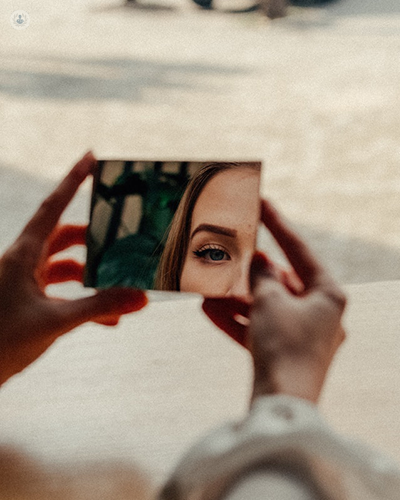Facelift: What you should know before undergoing the procedure
Escrito por:Facial rejuvenation surgery, also known as a facelift, enables patients to correct some of the natural side effects of ageing and to improve their confidence. When opting for cosmetic surgery, it is important to have a full understanding of the both the risks and the benefits as well as the recovery process. In this article, the second of this series on facelifts, highly esteemed consultant plastic, reconstructive and cosmetic surgeon Mr Makarand Tare gives expert insight into what results patients can expect and clears up common misconceptions about facelift procedures.

What are the common misconceptions about facelifts?
The most common misconception that patients come in with is a fear of having an overly tight face like a trampoline after the procedure. That, however, is a consequence of over correction and should not result from a good facelift.
Another misconception is that every facelift is going to change how your face moves and that you may struggle to open your mouth for example. After a good facelift, this will not be the case.
Thirdly, people often wrongly believe that the results will be permanent, for twenty years or so. During the procedure, a significant amount of skin will be removed to reduce laxity from the lower third of face, the upper eyelids and the neck to achieve a good balance. However, in the years that follow, the natural ageing process will, of course, take place meaning laxity may recur and you may need revision surgery after four to five years.
However, with a facelift, you will always look younger than your actual age. As I always tell my patients, I cannot reverse the clock but I can make it run slower.
What are the risks of a facelift?
As with any procedure under general anaesthetic, there is a risk of blood clots in the leg and the lung. Equally, normal surgical risks should be considered such as bleeding and infection.
Specific to facelifts, a risk to be considered is extensive scarring that can occur around the sideburn area, extending down in front of and behind the ear. Mostly, female patients are able to hide these scars nicely with their hairstyle but for male patients this is not always the case. For those with no hair or very short hair, it is not possible to hide the scars so patients should be conscious of that.
Additionally, numbness of face can also occur as a consequence of facial rejuvenation surgery but over time the sensation will come back. The most serious risk is injury, bruising or scarring to the facial nerve which is responsible for supplying power to the facial muscles. If it is traumatised in any way during the procedure, the patient may end up with facial asymmetry which can be difficult to correct. For this reason, I offer SMAS plication technique, one of the safest facelift techniques, as it works one plane above the facial nerve. This means the doctor doesn’t actually reach as deep as the facial nerve so there is no risk of contact. On the other hand, deeper procedures such as deep plane techniques can mean that the facial nerve is exposed, increasing risk.
What is the price of a facelift based on?
The price of a facelift is based on the type of procedure performed, such as a mini-facelift compared to a full facelift. It also depends if the patient additionally requires an upper eyelid blepharoplasty or a neck lift, to achieve a balance between the upper, middle and lower third of the face. The price can also vary depending on the severity of the problem, the extent of laxity in the skin and how long is it going to take to correct. It usually takes around four to four and a half hours to perform a facelift and upper eyelid blepharoplasty together.
Is recovery painful?
No, surprisingly the recovery is not that painful because it is a skin wound. After forty eight hours, some of my patients report that they didn’t require strong painkillers. Simple paracetamol for a couple of days should be enough to take care of the pain.
What would you recommend people research before having a consultation?
I would recommend patients to visit the British Association of Aesthetic Plastic Surgeons (BAAPS) website and my personal website where reliable, relevant information is provided.
If you have further questions about the procedures discussed in this article, you can book a consultation with Mr Tare by visiting his Top Doctors profile.


